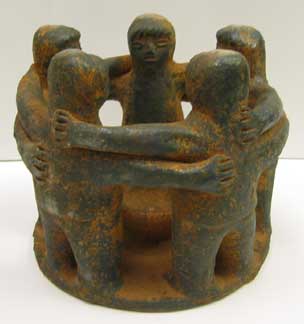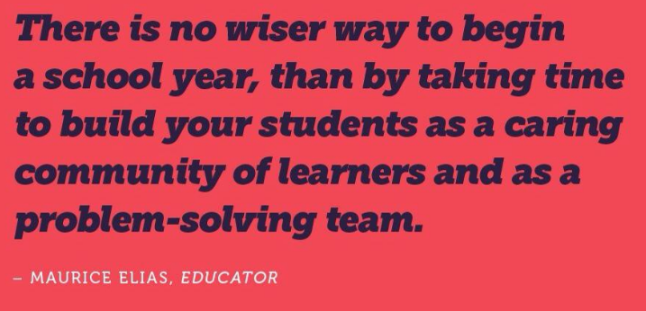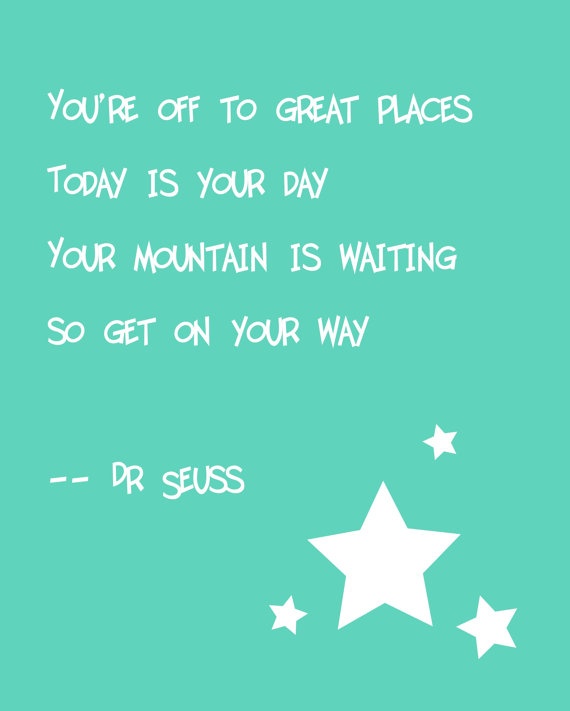 Here in Texas, October is a special month. The number on the thermometer starts to sink south of the triple digits…and is that even an autumnal breeze we feel some mornings? There are important, well-known holidays like World Octopus Day on 10/8 and Teaching Tolerance‘s Mix-It-Up Lunch Day on 10/27. (Am I forgetting one?) It’s also a transitional month, both weather-wise (maybe freezing or maybe still 90 degrees by the 31st, you never know) and culturally: we move from summer mode to winter mode, with the holidays ahead and most of the year already in the past.
Here in Texas, October is a special month. The number on the thermometer starts to sink south of the triple digits…and is that even an autumnal breeze we feel some mornings? There are important, well-known holidays like World Octopus Day on 10/8 and Teaching Tolerance‘s Mix-It-Up Lunch Day on 10/27. (Am I forgetting one?) It’s also a transitional month, both weather-wise (maybe freezing or maybe still 90 degrees by the 31st, you never know) and culturally: we move from summer mode to winter mode, with the holidays ahead and most of the year already in the past.
This transitional month has traditionally proven to be a bit of a challenging time in education. The freshness of the beginning of the school year gives way to the serious meat of core curricula, with testing and grade pressures starting to mount. Sometimes the pressure can cause morale and enthusiasm to flag a bit for teachers, students, and administrators alike. That makes October a great time to remember brain-breaks and community-building in class, and good self-care practices as well!
Luckily, Austin ISD’s Physical Education and Health Department has got Brain Breaks covered for every subject. Want to review some vocabulary? Get everyone standing up and tapping opposite elbows or knees while taking turns discussing definitions! Need a new way to facilitate a class discussion? Ask a polarizing question, and have students move to designated “agree” or “disagree” sides of the room to represent their opinion. Then invite individual students to explain their position, and allow students to change sides of the room to show that they’ve changed their minds! Love to freshen up some partner talk? Have students find a “Hi-Five,” “Lo-Five,” and “Fist Bump” partner before beginning the activity, then invite them to re-visit those partners to discuss each question. Oh yeah, need to establish or re-establish an attention signal so you can get them back after all these engaging movement activities? Find some tips here! Also, search the archives of this very blog for Brain Break Wednesday ideas like this one, this one and this one!
While brain breaks and movement activities can be good energizers and refreshers for the classroom, as educators it’s also important to practice and model self-care and stress relief techniques. Teachers and administrators benefit from remembering to take care of themselves, and students benefit from learning critical self-care and stress-reduction skills. Here are 15 stress-busting tips from Scholastic.com, and The Guardian teacher network offers some more detailed ideas to help with teacher work-life balance.
One simple idea to try is to put one little sticker on each area at home or in the classroom which might inspire some stressful feelings. Put one on the bathroom mirror, the car steering wheel, the innovation station, the gradebook, the laptop, the phone. Every time you see one of the stickers, pause and take three deep, slow, relaxing belly breaths. In through the nose, out through the mouth, long inhale, longer exhale. Hand out stickers to your students and invite them to do the same–and notice when they actually do it! Then do it as a whole class! Sometimes, three deep belly breaths can be just the healing thing to get through a tough moment. Or day. Or week. Or…
October is a great opportunity to try state-changing brain breaks and movement strategies in class, and to practice self-care and stress-reduction techniques. Here’s another post full of calming-down ideas for the end of the school year, a similar time of transition. And finally, here’s my all-time favorite, most aptly-named website for an instant infusion of peace and calm at any moment, anywhere with a screen, for one person, a classroom full of people, or even a cafeteria or auditorium: www.calm.com
Enjoy your October, with the falling leaves, cooler weather, and nifty gourds. It’s a great time in Texas, and a great time to be energized, calm, and #AISDProud!

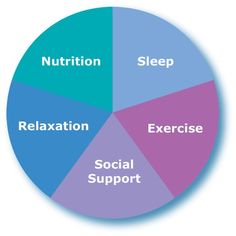






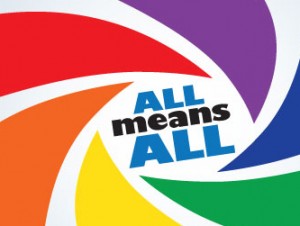
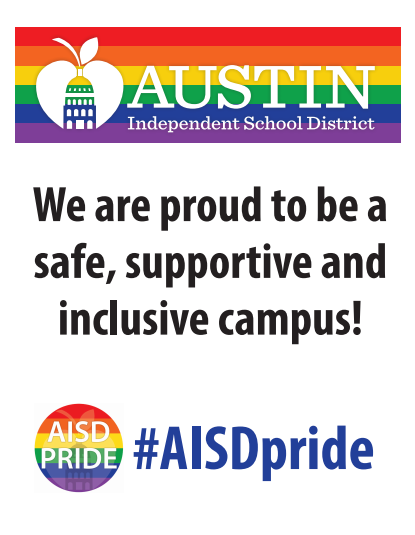

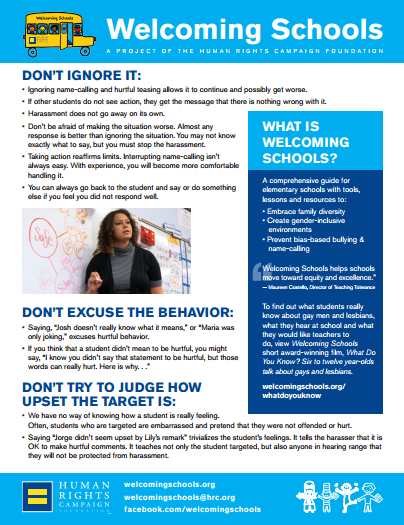
 For Austin Independent School District, Monday the 24th is that most hallowed of days in education–the First Day of School! Welcome to School Year 2015-2016, everybody!
For Austin Independent School District, Monday the 24th is that most hallowed of days in education–the First Day of School! Welcome to School Year 2015-2016, everybody!